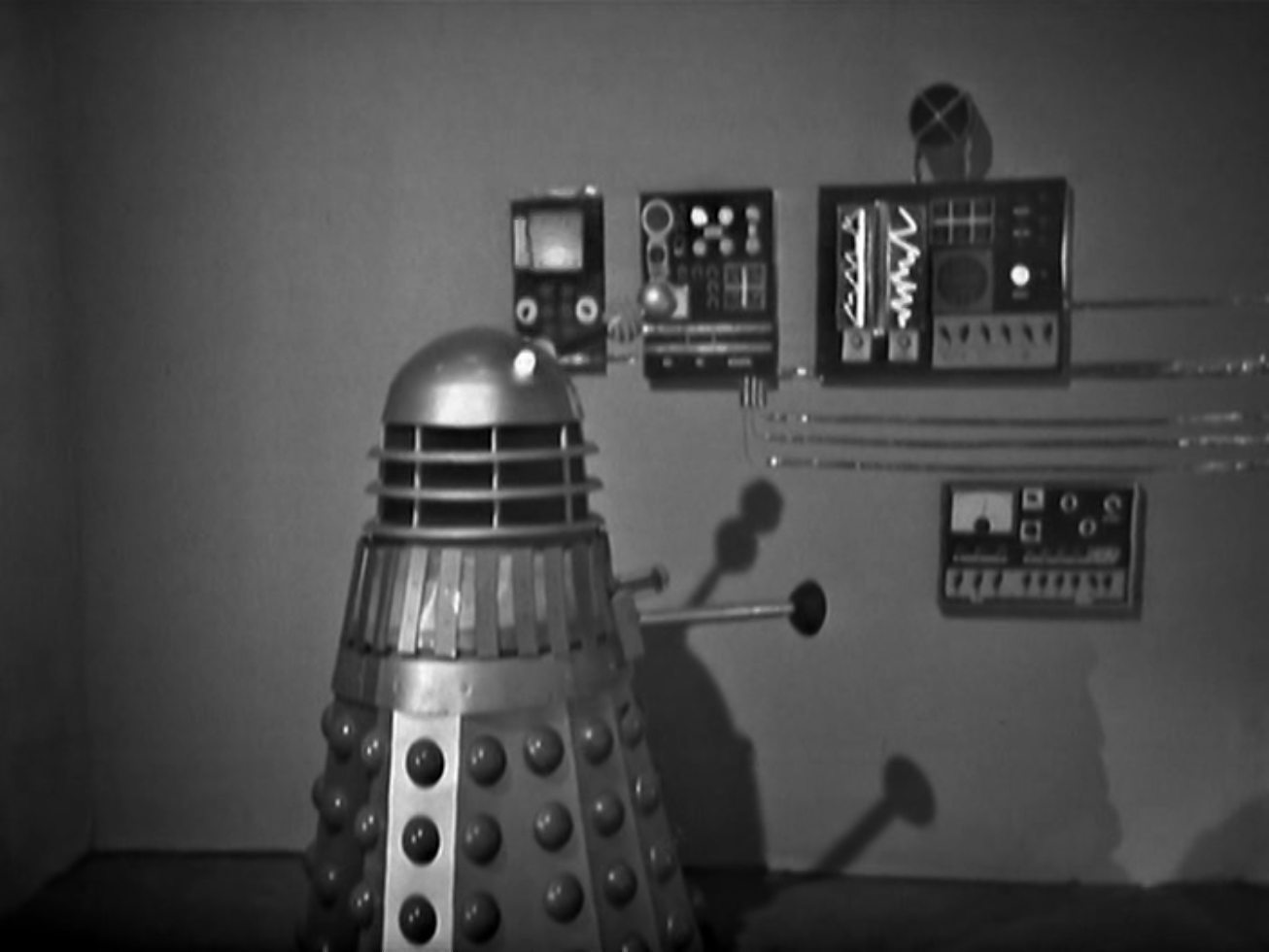
By Jessica Holmes
Welcome to another round of my ramblings on Doctor Who, where this time I’ll be talking about something a bit different. I’ve had the opportunity to see the Doctor, Ian, Barbara and Susan in full colour on the big screen, but not quite as you know them.
I’ve just previewed the new film (so new, in fact, that it doesn’t come out in the UK theaters until August) Dr. Who And The Daleks, Milton Subotsky’s adaptation of Terry Nation’s serial, The Daleks. Directed by Gordon Flemyng and starring Peter Cushing, this adaptation manages to be too much like the original and not enough, both to its detriment. How? Well, let me explain.
For anyone who didn’t see the original The Daleks, or missed my review back then, here’s a basic rundown of the plot. If you’re familiar with the original, you can skip this next bit. Aside from the setup, it is almost exactly the same.

Continue reading [July 6, 1965] Same Difference (Dr. Who And The Daleks) →



![[February 4 1966] What A Waste. What A Terrible Waste. (<i>Doctor Who</i>: The Daleks' Master Plan [Part 3])](https://galacticjourney.org/wp-content/uploads/2021/02/660204fleeing-672x372.jpg)
![[January 10, 1966] Kingdom Come (<i>Doctor Who</i>: The Daleks’ Master Plan [Part 2])](https://galacticjourney.org/wp-content/uploads/2021/01/660110hmmmm-672x372.jpg)
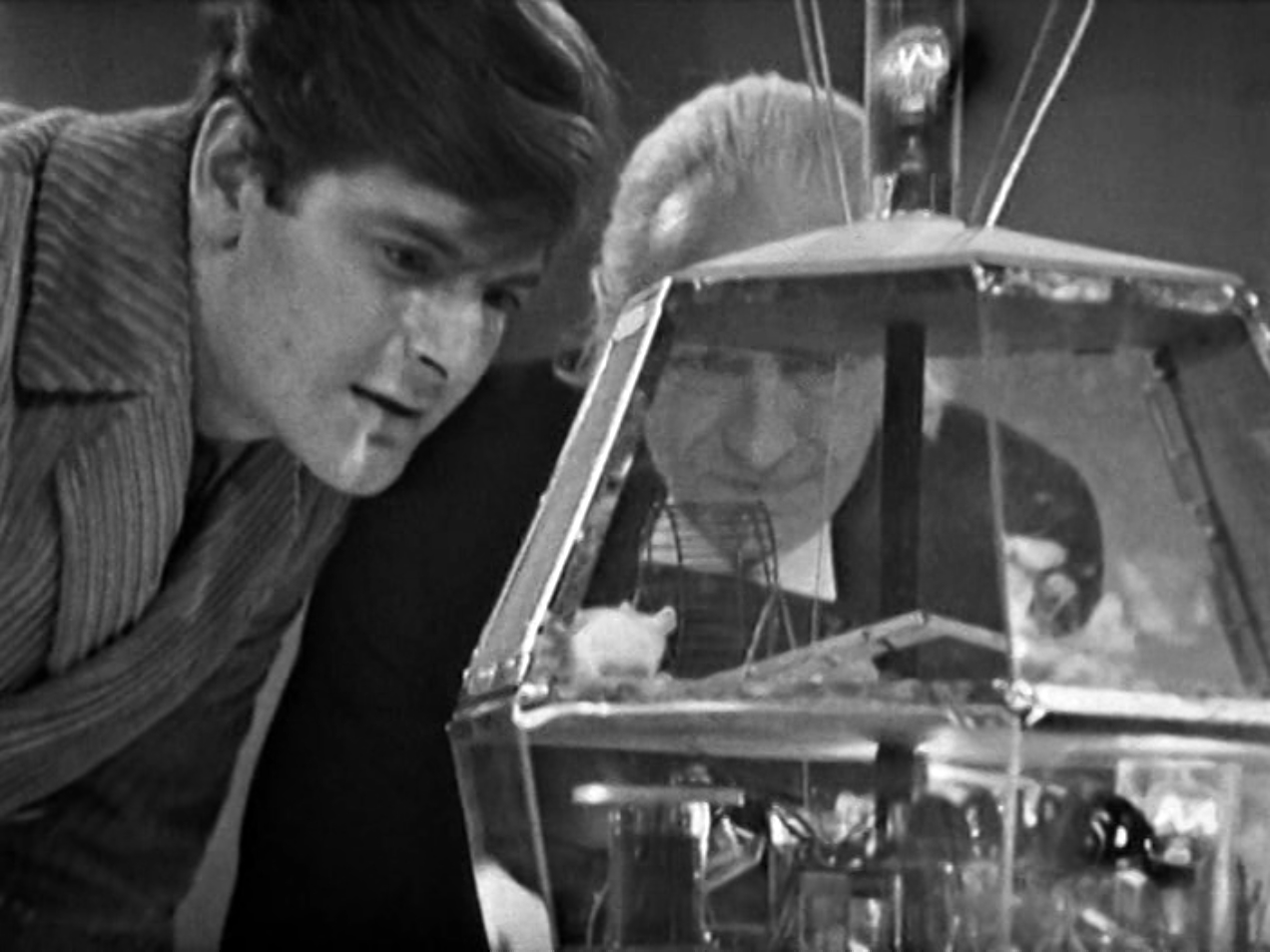
![[December 6, 1965] Are You Sitting Comfortably? Then I'll Begin (<i>Doctor Who</i>: The Daleks’ Master Plan [Part 1])](https://galacticjourney.org/wp-content/uploads/2020/12/651206dalek-672x372.jpg)
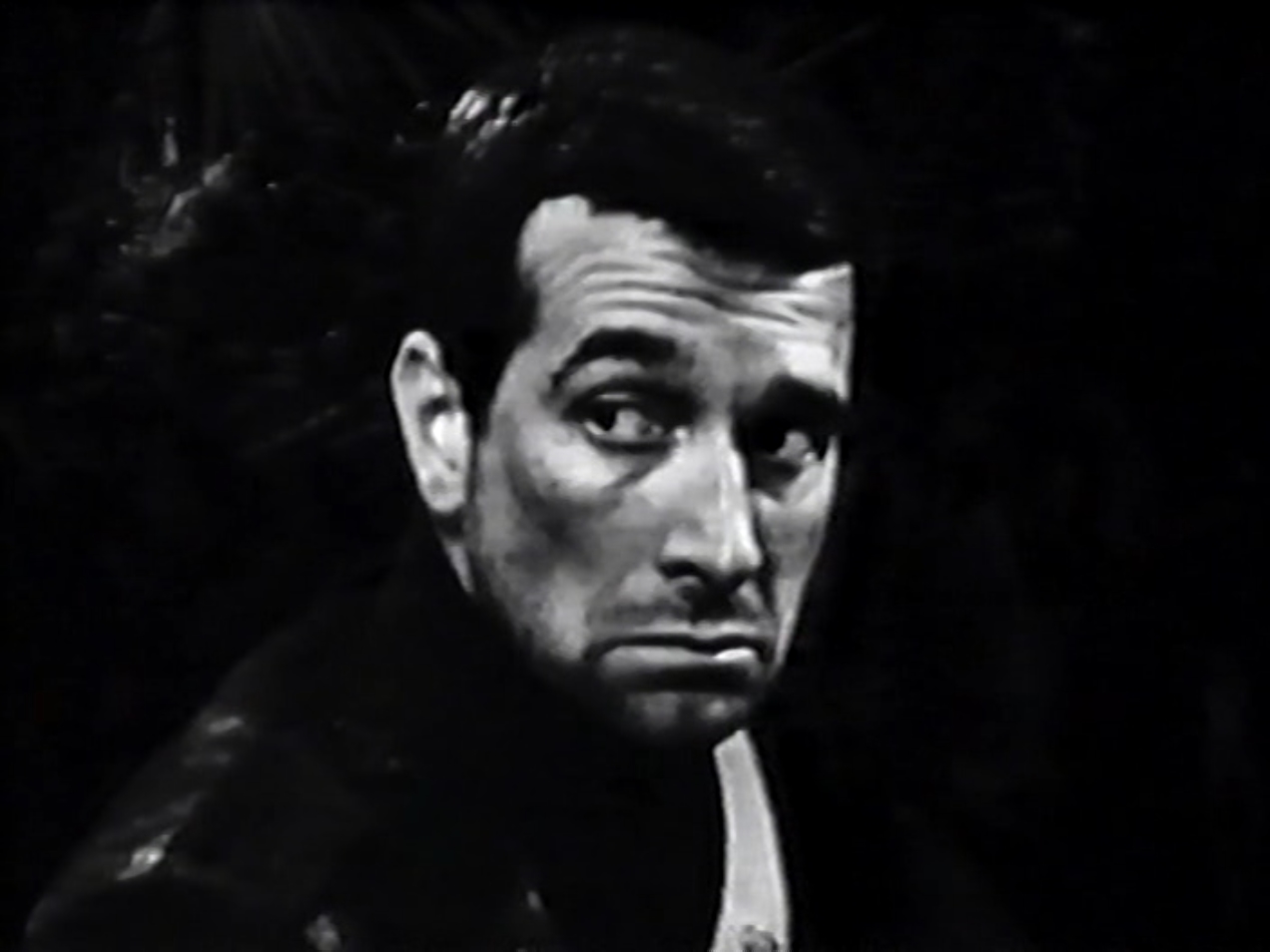
![[November 8, 1965] You Must Be Mythtaken (<i>Doctor Who</i>: The Myth Makers)](https://galacticjourney.org/wp-content/uploads/2020/11/651108horseofdestruction-672x372.jpg)
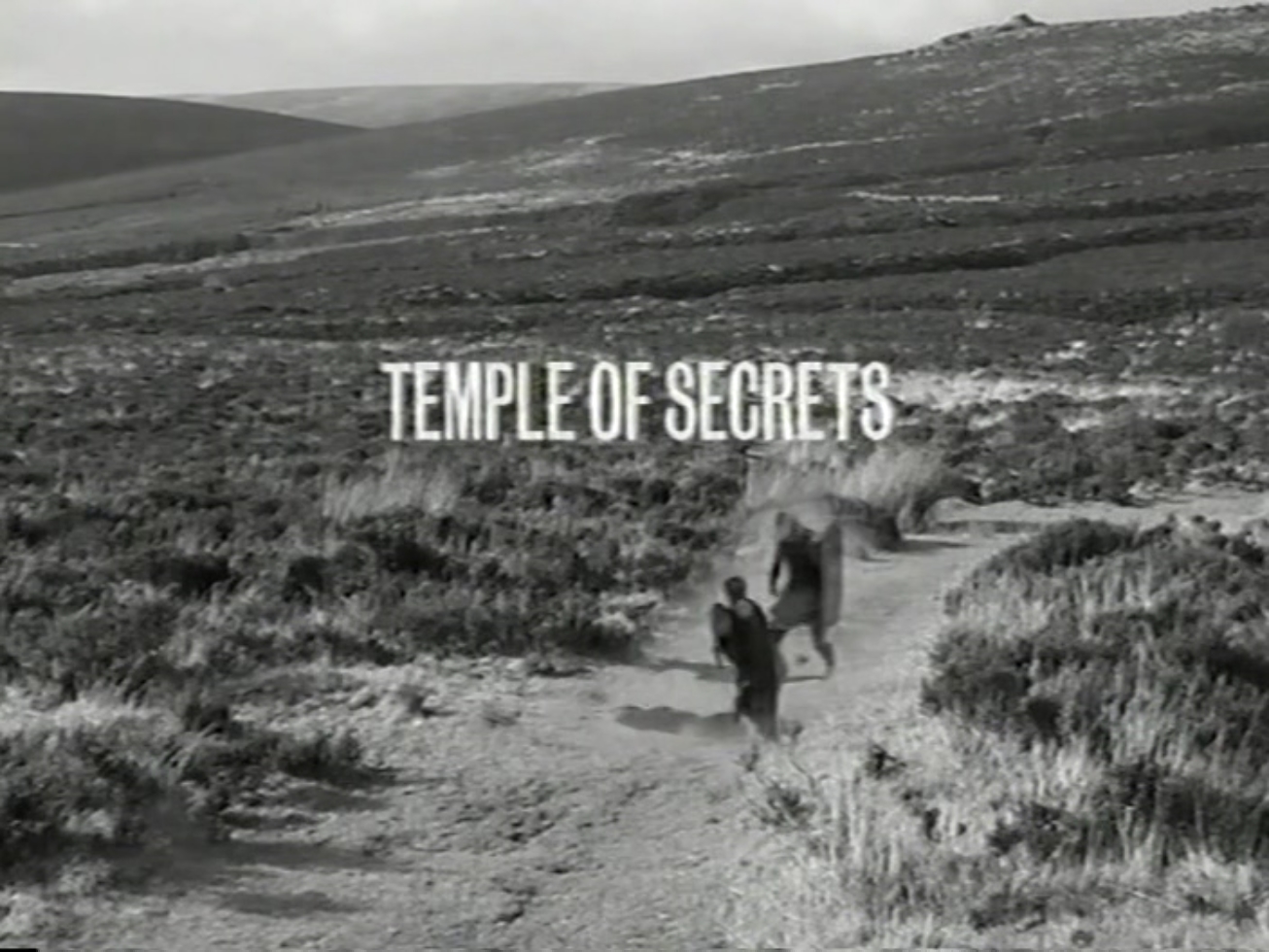
![[October 10, 1965] Doctor Where? (<i>Doctor Who</i>: Mission To The Unknown)](https://galacticjourney.org/wp-content/uploads/2020/10/651010recording-672x372.jpg)
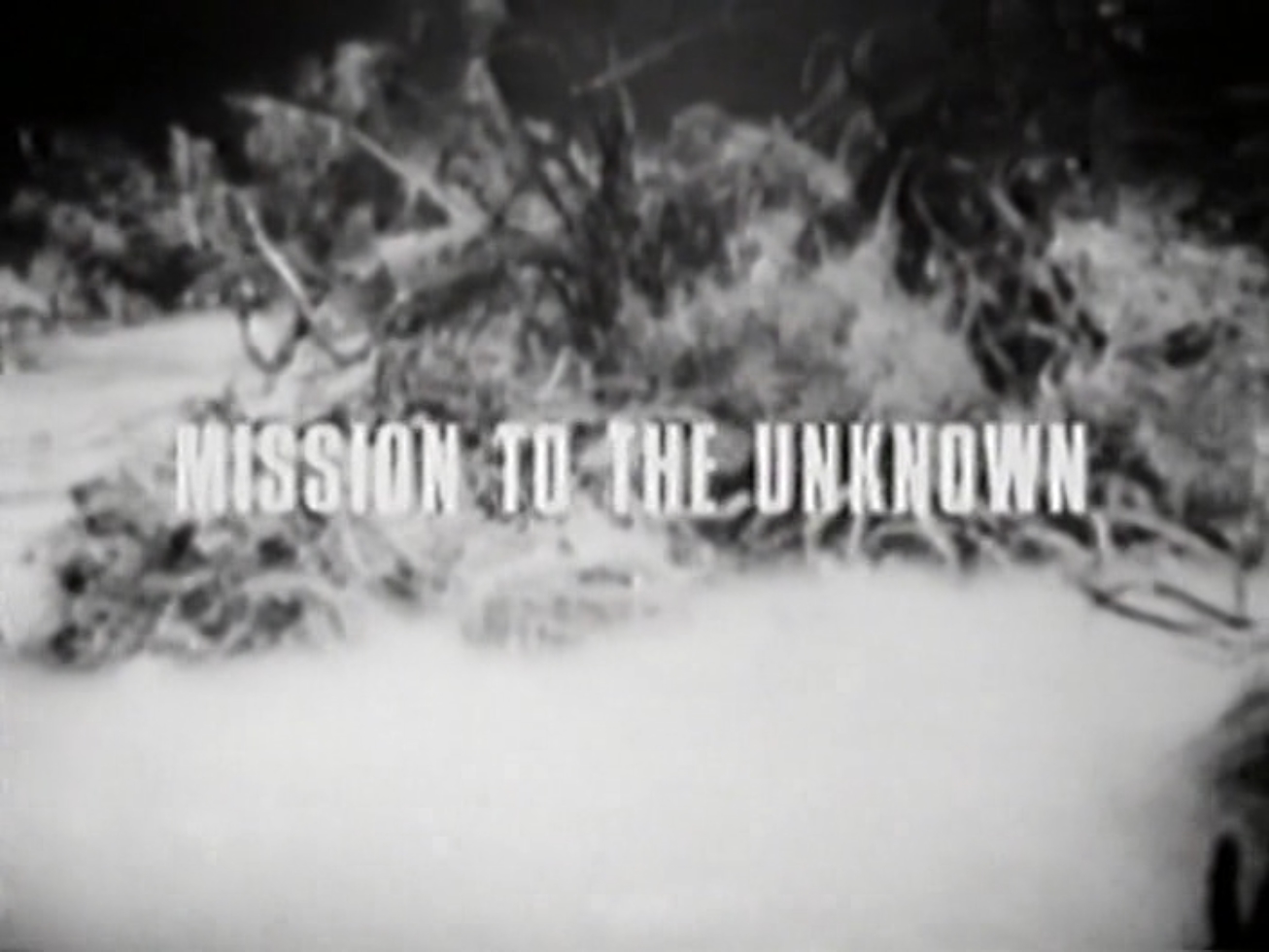
![[October 4, 1965] Galaxy Bore (<i>Doctor Who</i>: Galaxy 4)](https://galacticjourney.org/wp-content/uploads/2020/10/651004chumbleyonpatrol-672x372.jpg)
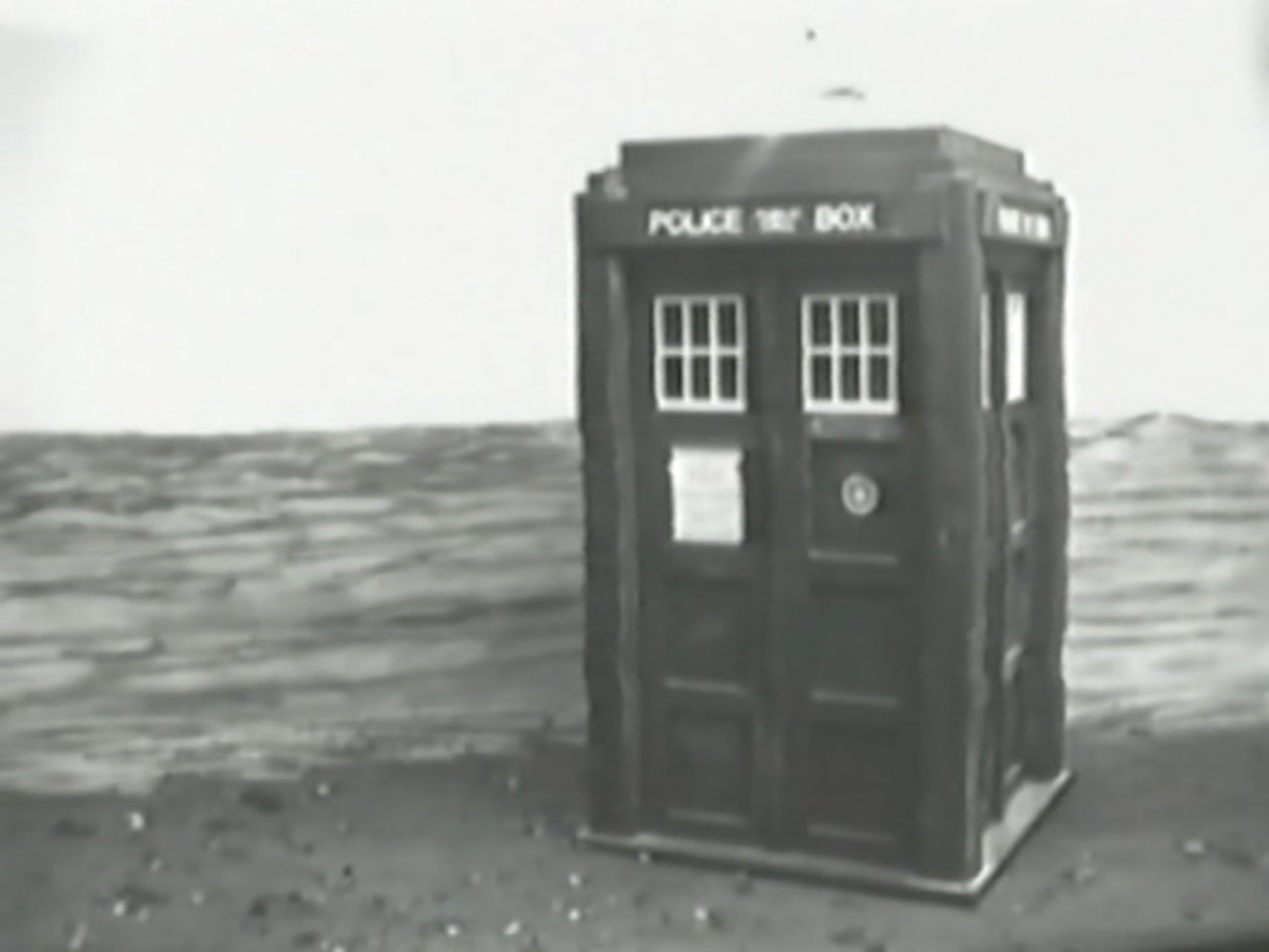
![[July 26, 1965] Too much Monk-y Business (<i>Doctor Who</i>: The Time Meddler)](https://galacticjourney.org/wp-content/uploads/2020/07/650726monkery-672x372.jpg)
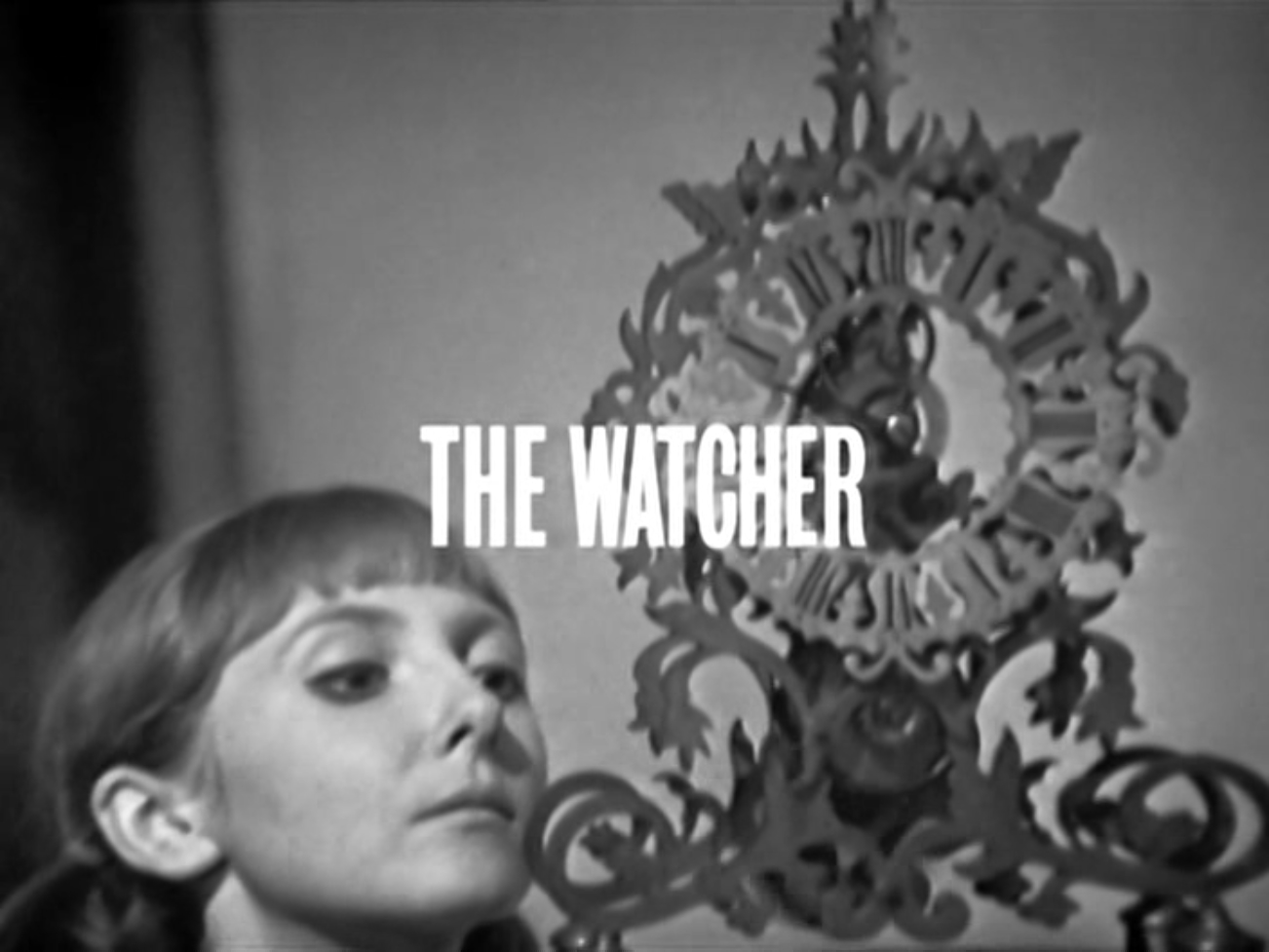
![[July 6, 1965] Same Difference (<i>Dr. Who And The Daleks</i>)](https://galacticjourney.org/wp-content/uploads/2020/07/650706daleks-672x372.jpg)

![[June 28, 1965] An Hour Of My Life I Will Never Get Back (<i>Doctor Who</i>: The Chase [parts 4-6])](https://galacticjourney.org/wp-content/uploads/2020/06/280665homeagain-672x372.jpg)

![[June 6, 1965] The Dawdle, More Like (<i>Doctor Who</i>: The Chase [Parts 1-3])](https://galacticjourney.org/wp-content/uploads/2020/06/060665daleksinthedunes-672x372.jpg)
